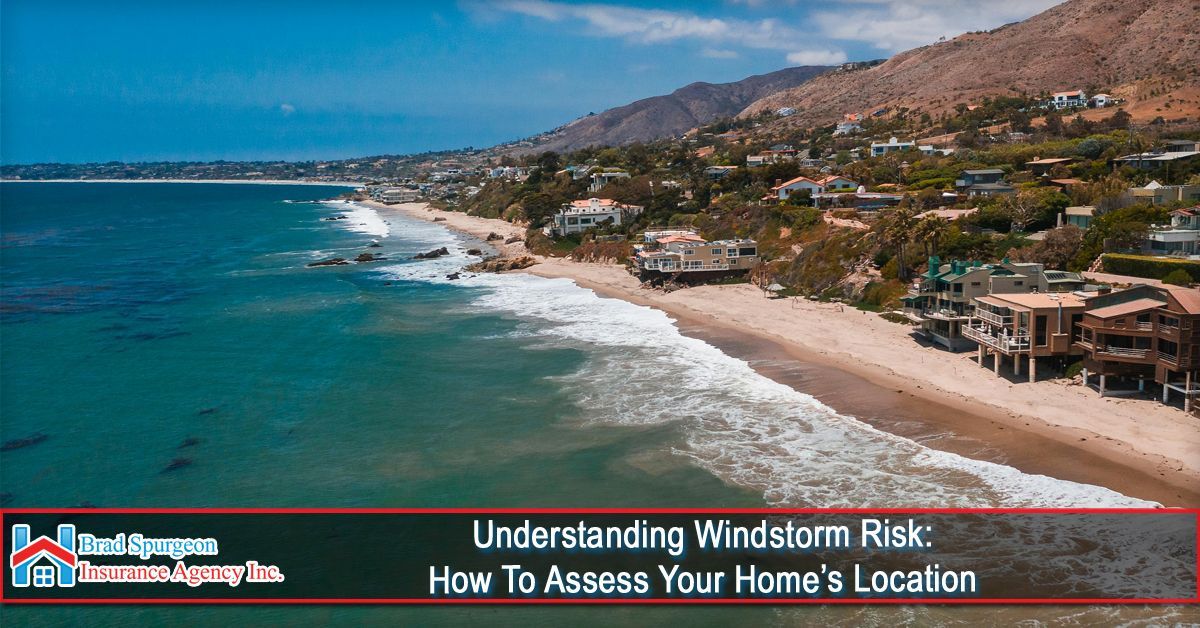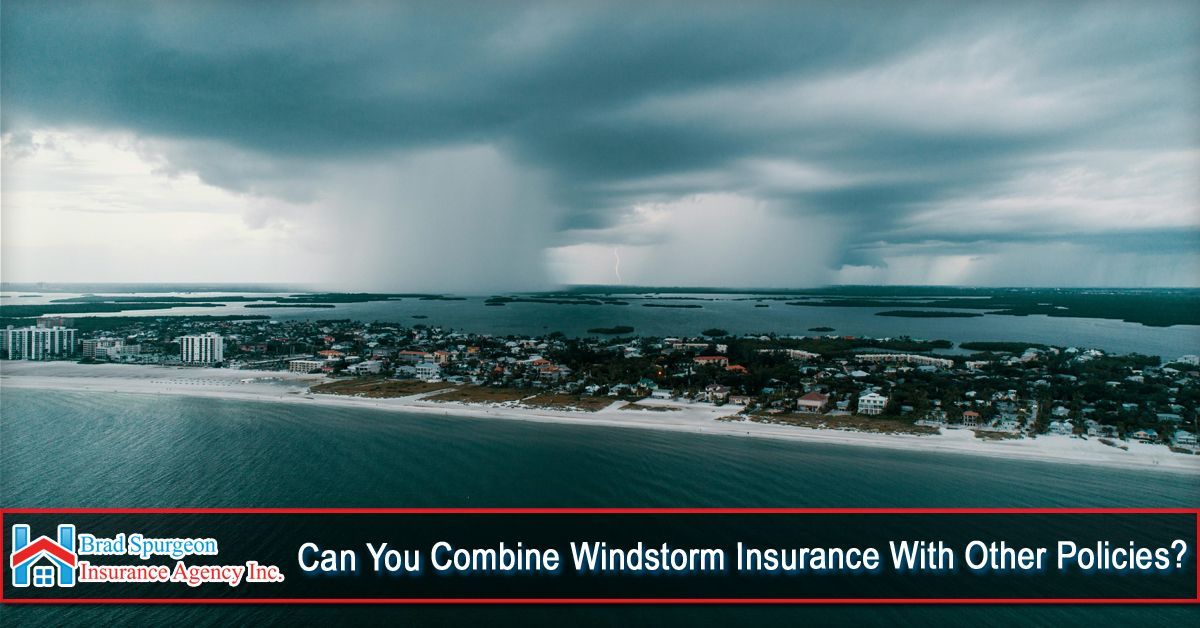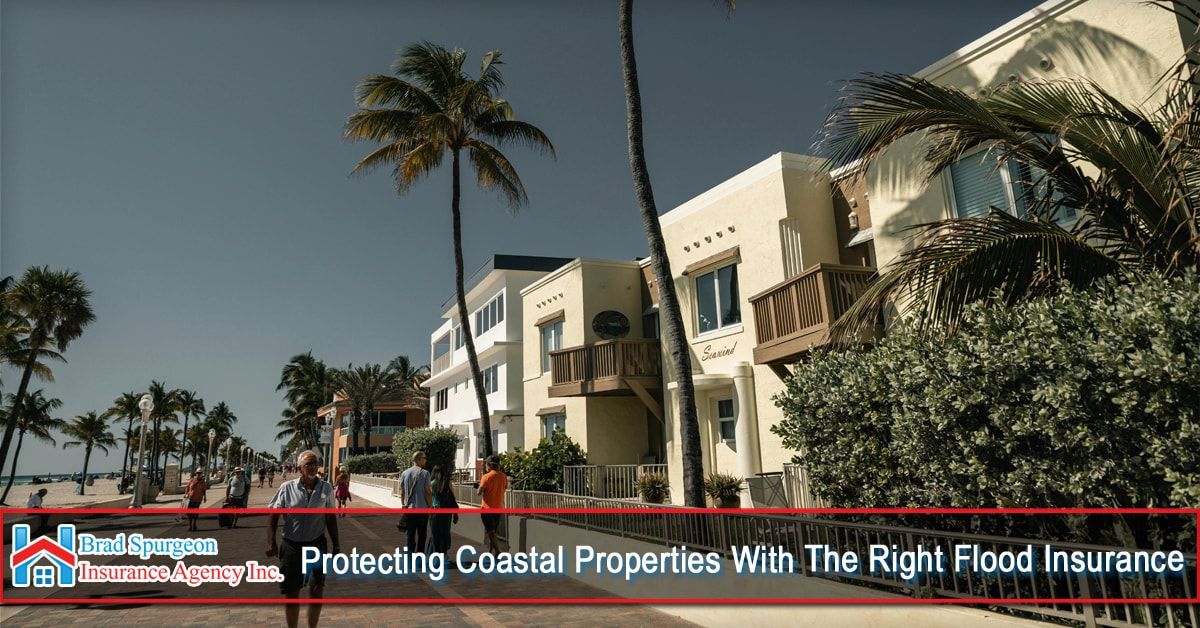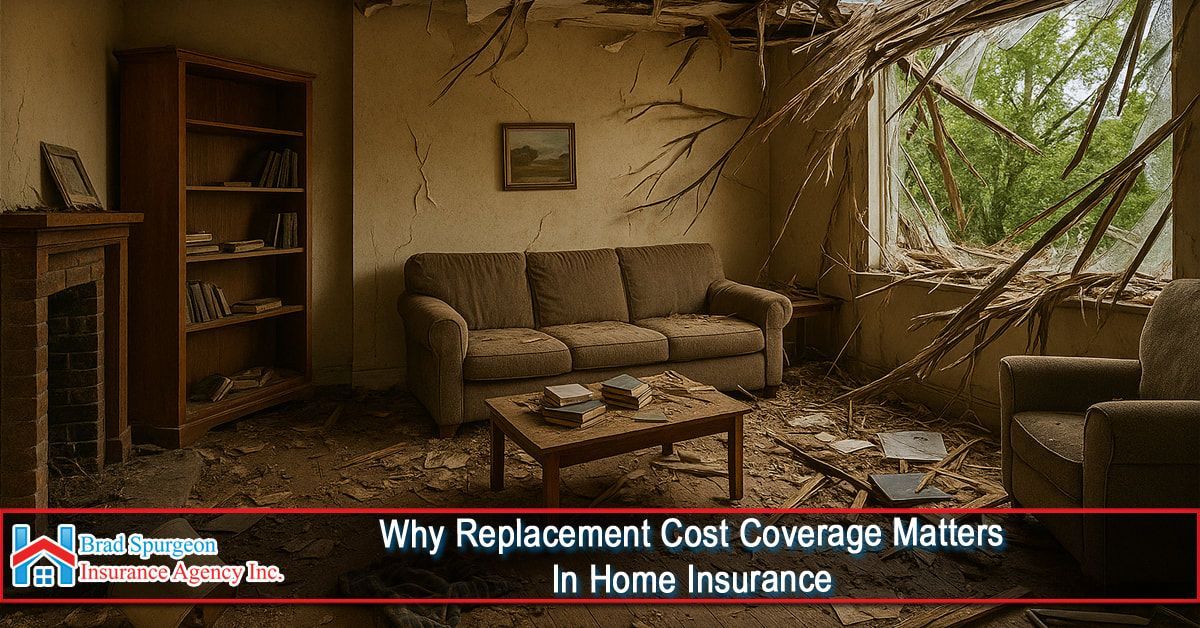
When you purchase a homeowners insurance policy, one of the first documents you receive is the Declarations Page—sometimes called the “Dec Page.” This single page (or sometimes a few pages) acts as the summary of your coverage, showing what your policy includes, how much protection you have, and what you’re paying for it.
For many homeowners, this document can seem confusing at first glance. But understanding what’s on your declarations page helps ensure you’re properly covered—and not paying for coverage you don’t need.
Whether you’re a first-time homeowner or reviewing your policy renewal in Texas City, Texas, this guide will help you make sense of what’s on your home insurance declarations page.
What Is a Home Insurance Declarations Page?
Your home insurance declarations page is a key part of your policy packet. It provides a high-level overview of your coverage, limits, deductibles, discounts, and endorsements. Think of it as the “snapshot” of your homeowners policy.
If you ever need to file a claim or verify what’s covered, this is the first place to look.
Why It’s Important to Review Your Declarations Page
Many homeowners rarely look at their declarations page after signing up for insurance—but doing so can save you time, stress, and money. Reviewing it ensures that:
- Your coverage limits match your home’s current replacement value
- Your name, address, and mortgage details are correct
- Discounts (like security system or bundle discounts) are applied
- You understand your deductibles before a claim arises
Taking a few minutes to read your declarations page can help you avoid unpleasant surprises when disaster strikes.
What You’ll Find on a Home Insurance Declarations Page
Your declarations page typically includes the following sections. Each one serves a specific purpose and gives you insight into how your policy works.
1. Policy Information
This section outlines the basic details of your policy, including:
- Policy
number
- Effective and expiration dates
- Name and address of the insured (that’s you!)
- Insurance company’s contact information
- Agent or agency name and contact details
Tip: Make sure your property address and contact information are correct—especially if you live in a community like Texas City, Texas, where mailing addresses may differ from property locations.
2. Coverage Summary
This is the most crucial part of your declarations page. It lists the different types of coverage in your homeowners policy and their respective limits.
Here’s what you’ll typically see:
- Dwelling Coverage (Coverage A):
Protects the structure of your home—walls, roof, and foundation.
- Other Structures (Coverage B): Covers detached structures like garages, fences, or sheds.
- Personal Property (Coverage C):
Reimburses you for damage or loss of personal belongings such as furniture, clothing, or electronics.
- Loss of Use (Coverage D): Pays for living expenses if your home becomes uninhabitable due to a covered loss.
- Personal Liability (Coverage E): Protects you if someone is injured on your property and sues you.
- Medical Payments to Others (Coverage F): Covers minor medical expenses for guests injured at your home.
Each section shows the coverage limit—the maximum amount your insurance will pay for that category. Review these numbers to ensure they’re appropriate for your home’s value and lifestyle.
3. Deductibles
Your deductible is the amount you pay out of pocket before your insurance company pays the rest.
Common types of homeowners insurance deductibles include:
- Flat Deductible: A fixed dollar amount (e.g., $1,000).
- Percentage Deductible: A percentage of your home’s insured value (e.g., 1% of $300,000 = $3,000).
- Windstorm or Hurricane Deductible: Especially relevant in coastal areas of Texas, this applies specifically to wind or hail damage.
If you live in Texas City, Texas, confirm whether your policy includes a separate windstorm deductible, as coastal homeowners often have different requirements.
4. Premium and Discounts
This section lists your total annual premium and any discounts that help reduce your costs, such as:
- Multi-policy discount (bundling home and auto insurance)
- Security system or smoke alarm discount
- Claim-free history discount
- Loyalty or long-term customer discount
Pro Tip: If you notice missing discounts, ask your insurance agent about ways to qualify for more savings.
5. Endorsements and Riders
Endorsements are optional add-ons that expand or modify your coverage. They’re listed near the bottom of the declarations page.
Common examples include:
- Replacement cost coverage for personal belongings
- Water backup coverage for sump pump or drain issues
- Scheduled personal property for jewelry, art, or collectibles
- Extended dwelling coverage for rebuilding costs that exceed your base limit
If you’ve made major home improvements or purchased valuable new items, it’s a good idea to review your endorsements and update your policy as needed.
6. Mortgagee or Lienholder Information
If you have a mortgage, your lender is typically listed on your declarations page. This ensures they’re notified if your policy lapses or if there’s a significant claim.
Always double-check that your lender’s information is accurate—especially if you’ve refinanced or changed mortgage companies.
How Often Should You Review Your Declarations Page?
Experts recommend reviewing your home insurance declarations page:
- Once a year when your policy renews
- After major life changes—such as home renovations, new valuables, or a refinance
- Before hurricane season if you live in coastal Texas regions like Texas City, Texas
Regular reviews help you confirm your coverage keeps up with inflation, home improvements, and changing insurance regulations.
Tips for Understanding and Managing Your Policy
- Ask questions. Your agent can clarify unfamiliar terms or limits.
- Bundle smartly. Combine your home, auto, and flood insurance for discounts and convenience.
- Keep a copy handy. Store a digital and printed copy of your declarations page for quick reference during emergencies.
The Bottom Line
Your home insurance declarations page is more than just paperwork—it’s your roadmap to understanding what’s protected and how much coverage you have. By taking time to review it carefully, you can ensure your policy reflects your current needs and offers peace of mind when you need it most.
If you live in or near Texas City, Texas, contact a local insurance professional to walk you through your policy details and make sure your home is fully covered before the next storm season.
At Brad Spurgeon Insurance Agency Inc., we aim to provide comprehensive insurance policies that make your life easier. We want to help you get insurance that fits your needs. You can get more information about our products and services by calling our agency at (409) 945-4746. Get your free quote today by CLICKING HERE.
Disclaimer: The information presented in this blog is intended for informational purposes only and should not be considered as professional advice. It is crucial to consult with a qualified insurance agent or professional for personalized advice tailored to your specific circumstances. They can provide expert guidance and help you make informed decisions regarding your insurance needs.









